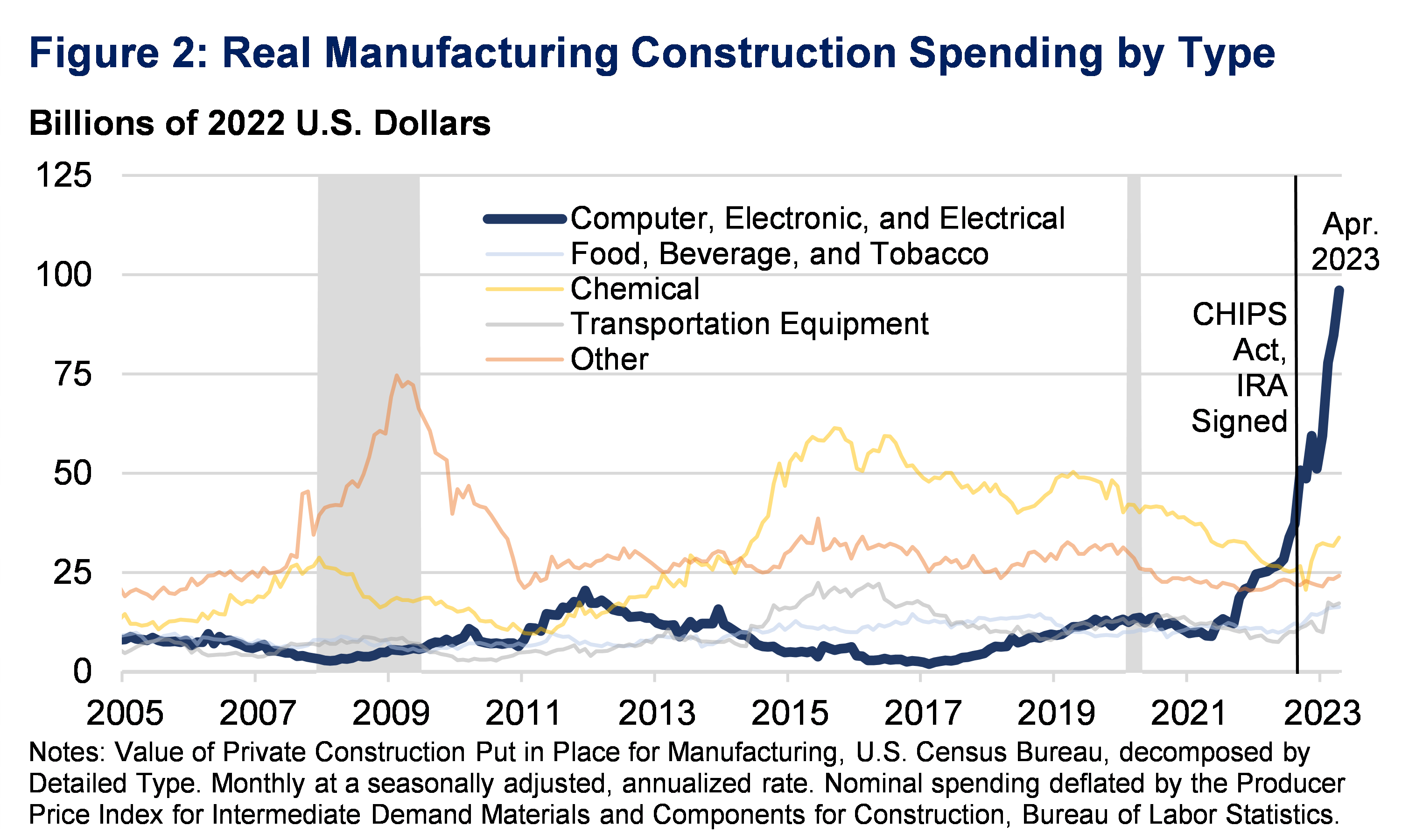- Joined
- Jan 22, 2017
- Messages
- 5,571
- Reaction score
- 4,241
- Gender
- Male
- Political Leaning
- Independent
Well Science attempts to set up valid repeatable experiments to test hypothesis,
The experiment set up to validate that added CO2 caused warming failed.
The CERES instruments were supposed to measure the decrease in OLR as the greenhouse gas levels rose,
but instead measured an increased in OLR!
The “experiment” as you call it did not fail. Greenhouse gas increases do decrease OLR. If all other factors were held constant, we would have seen a decrease in OLR. But of course all other factors were not held constant and those other factors caused OLR to increase more than greenhouse gases decreased it.


